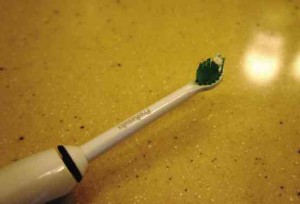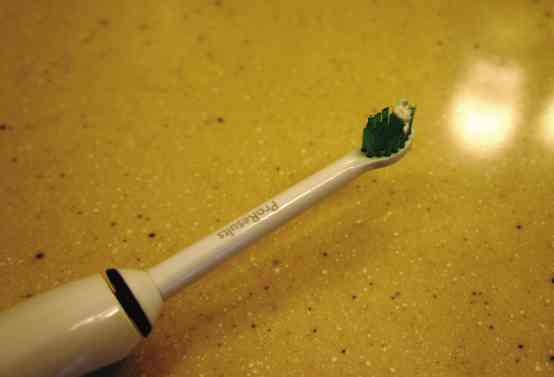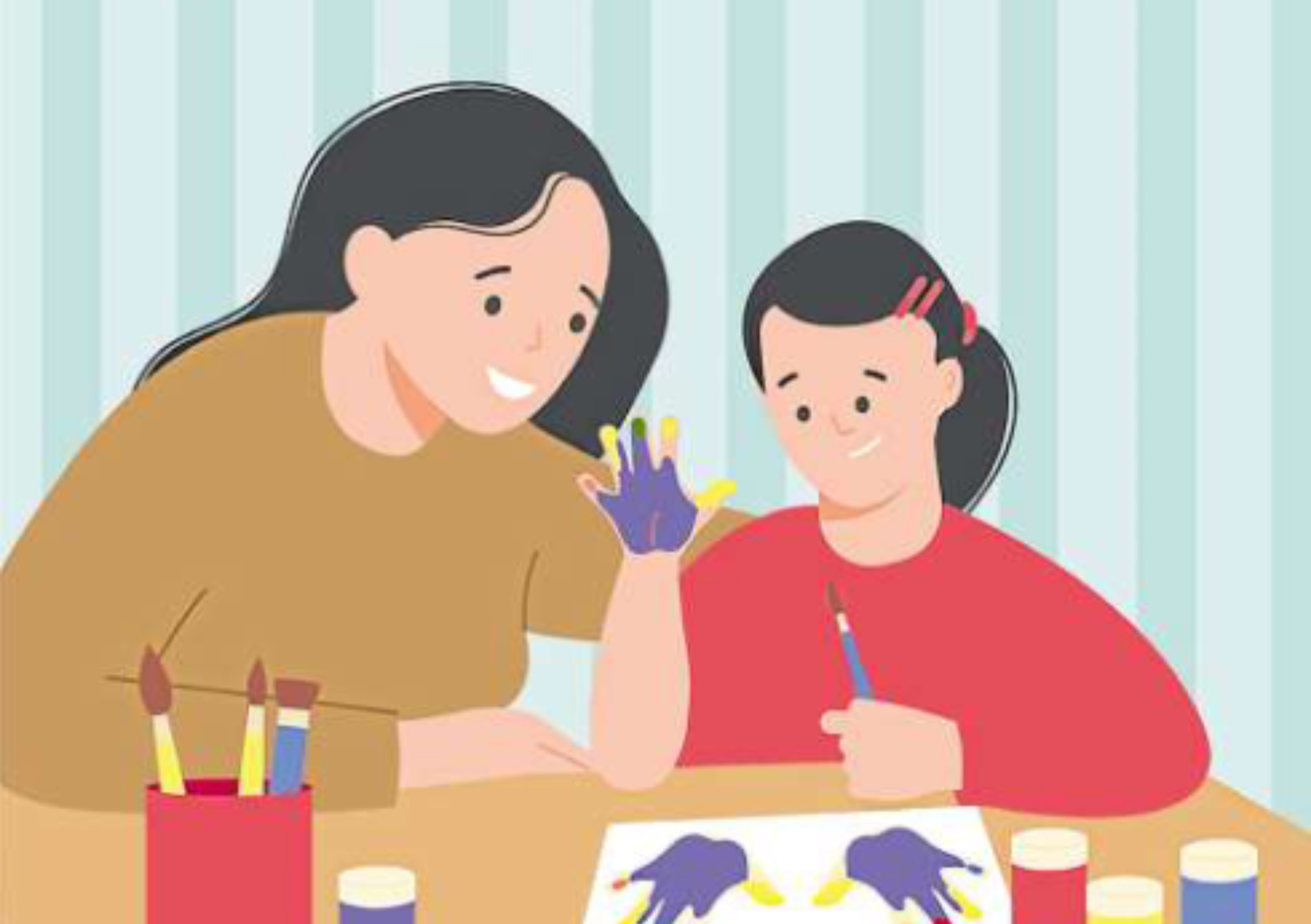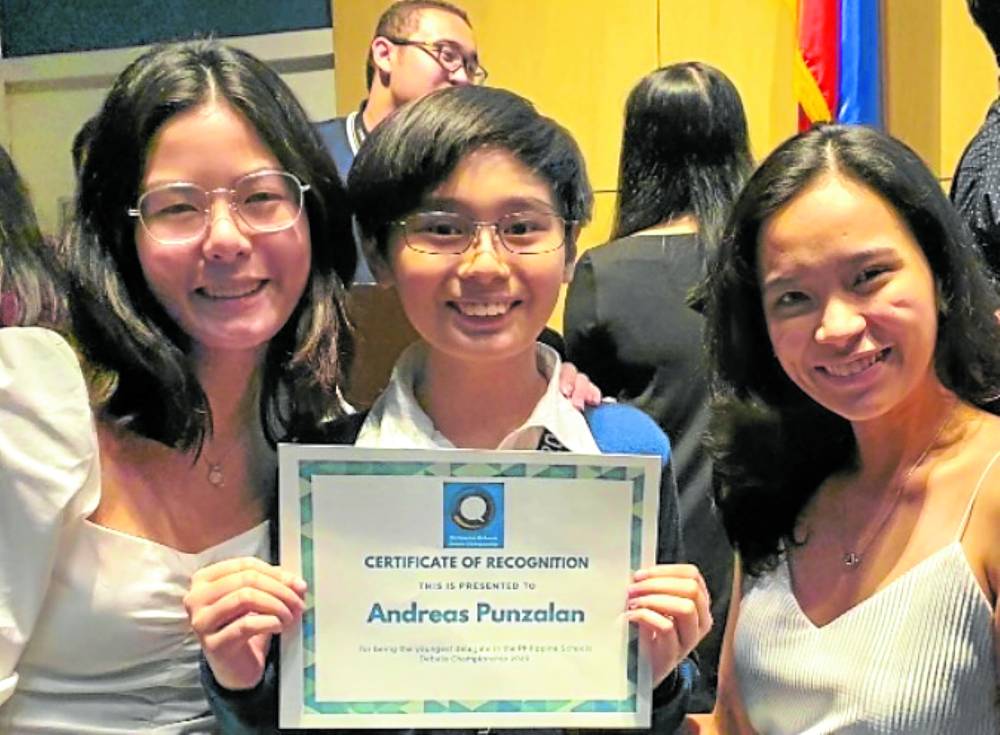
Caring for primary teeth isn’t important, since they fall out anyway. True? False!
Primary teeth set the foundation for the growth and health of permanent teeth, so it is crucial to start good habits early. But how early is early?
I had many cavities while growing up. But my husband Jason has a much better set of chompers, and my father-in-law still has all his teeth. I hope our son Jack inherits his father’s good dental genes.
As soon as Jack’s first tooth erupted, I had been fastidious in wiping it with a clean, wet cloth after each milk break. Each milk session also ended with a sip of water to rinse away any residue. And when he was 7 months old, there were no nighttime feedings. “Daytime is for nutrition, nighttime is for sleeping” was our mantra.
At that age, he was developmentally ready not to need milk at night. Also, without nighttime feeding, he didn’t wet himself so much in his sleep.
This I learned from many articles online and books like Dr. Ferber’s “Solving Your Child’s Sleep Problems.” Jack started taking milk from the sippy cup, and, later, from a glass, when he was 13 months old. I was glad we escaped bottle mouth.
But while Jack was effectively sleep-trained, he still had icky yellow stains on his teeth. I had read about iron supplements staining teeth gray, but yellow?
A few days after he turned 1, we took Jack to a pediatric dentist for the first time, not knowing what to expect.
The yellowing turned out to be an acidic reaction resulting from his favorite oranges and mangoes. I thought that feeding him fruit and healthy, no-sugar-added smoothies were good parenting moves. The dentist asked us to stop giving him these for a while; if he had to have them, a straw would be used.
True enough, the yellowing disappeared! Good thing it was just a minor problem; other children have different stories.
Root canals at age 3
When Andrea turned 3, her parents discovered that she did not want to drink milk from the bottle anymore, but was having difficulty drinking from a glass and eating food in general.
“We took her to a doctor, who recommended we see a pediatric dentist,” explained her father Alfonso. “We saw a pediatric dentist at Dentista Inc. in Shangri-La Plaza, who diagnosed Andrea as having teeth eaten by bacteria. Half of one of her front teeth was already about to break off. Dental surgery was recommended to root canal some teeth to remedy her pain and discomfort.”
The source of the bacteria? The milk she was given at night. “We were negligent in removing the milk bottle from her mouth when she fell asleep. As such, bacteria grew from the sugar (lactose) in the leftover milk she had in her mouth,” said Alfonso.
Andrea’s parents decided to get a second opinion and were referred to another dentist, who recommended the same thing and more: Andrea underwent a two-hour dental procedure—four tooth extractions, four root canals and three pulp treatments—all done under general anesthesia.
Today, whatever is left of Andrea’s baby teeth are healthier and she is doing fine.
Her father said, “If there’s something to learn from our story, it’s not to be lazy putting kids to sleep. Don’t just stick a bottle in her mouth to make her doze off. Make sure you wake up and check if she’s already asleep, remove the bottle from her mouth, and wipe off leftover milk.”
First dental checkup
“Ideally, the first dental visit should be on the first birthday, by which time they would already have six to eight teeth—although in my private practice, I appreciate parents who bring their children as early as their first tooth erupts to educate and encourage them in cleaning their child’s mouth to prevent cavities,” said Dr. Mary Lynn Roxas-Abellera, active member of the Philippine Pediatric Dental Society, Inc.
Should parents seek out a pediatric dentist, or will their general/family dentist do just fine?
“The oral health care of children should be handled by a specialist,” explained Abellera. “A pediatric dentist focuses on the management of the behavior of the child to achieve a quality dental treatment. General dentists tend to concentrate on the procedure only.”
She added: “The first visit is just introductory, with icebreakers. Short, successive visits are meant to build the child’s trust in the dentist and the office.”
On Jack’s first visit, Abellera gave us an overview, with visual aids, to illustrate just how we would hold my son (he will not be reclined on the chair yet) and what he would most likely do (struggle and open his mouth wide, which is good).
After the first visit, parents should have learned the following: status of the child’s oral examination (teeth present, erupting, decayed, jaw, bite and gums); proper infant/child oral care, such as brushing techniques (what toothbrush and toothpaste should be used); a demonstration on proper teeth cleaning; awareness of the cause and prevention of early childhood caries or dental decay; diet counseling; caries or decay risk based on a general assessment of the child; if there are no cavities, cleaning and fluoride varnish application; and suggested visits to the dentist or possible treatments to be done on the child, if any.
Fluoride toothpaste: Do or don’t?
In the supermarket, the array of different toothpastes can be confusing. Should we get non-fluoride toothpaste, kiddie toothpaste in fun flavors, or will regular toothpaste do?
“Others believe that since children start to get permanent teeth at age 6, that’s the only time they need fluoride, but that’s a misconception,” clarified Abellera.
“As early as when the child is 1 year old, fluoride applications can be done to protect his teeth against cavities or decay.”
Another misconception is that since children below 6 years old do not yet know how to spit, they might swallow toxic levels of fluoride or be plagued by the more common dental fluorosis from the overconsumption of fluoride.
But Abellera countered that if proper dispensing of the fluoridated toothpaste can be ensured by the parent, the risk of toxicity will be decreased. After all, tooth-brushing should be fully supervised for kids under 6 years old.
Make sure, too, that the toothpaste tube is out of your child’s reach. Abellera then showed me an actual sample of what the correct amount looks like: a smear of toothpaste for 6 months to 2 years old, pea-size for 2-6 years old, and almost full length (10mm) of the brush for 6 years old and above.
As for kiddie toothpastes, she said, “As long as they contain the recommended amount of fluoride (1,000-1,500 parts per million), I have nothing against them. But unfortunately, most kiddie toothpastes contain sub-optimum amount or no fluoride at all, yet they claim anti-cariogenic properties. Let us remember that for it to be anti-caries, the right amount of fluoride should be present, so parents should just be more vigilant in buying these products.”
Good oral hygiene habits in children
DR. MARY Lynn Roxas-Abellera advised:
After each feeding, always clean the infant’s mouth, including the gumpads and tongue, with a sterile gauze wet with distilled water.
As soon as the first tooth erupts, begin brushing with a soft bristled toothbrush with a tiny smear of fluoridated toothpaste.
Avoid giving the child a bottle of milk, juice or sweetened liquids as pacifier during sleeping time.
Help the child brush their teeth. Parents can allow toddlers to brush on their own to build independence and self-confidence, but parents should still repeat the process to remove plaque.
Brush twice daily; the most important time is at night due to lower salivary flow, making the teeth most susceptible to cavities.
Ensure regular dental checkups (at least every six months) and proper application of fluoride varnish.








































